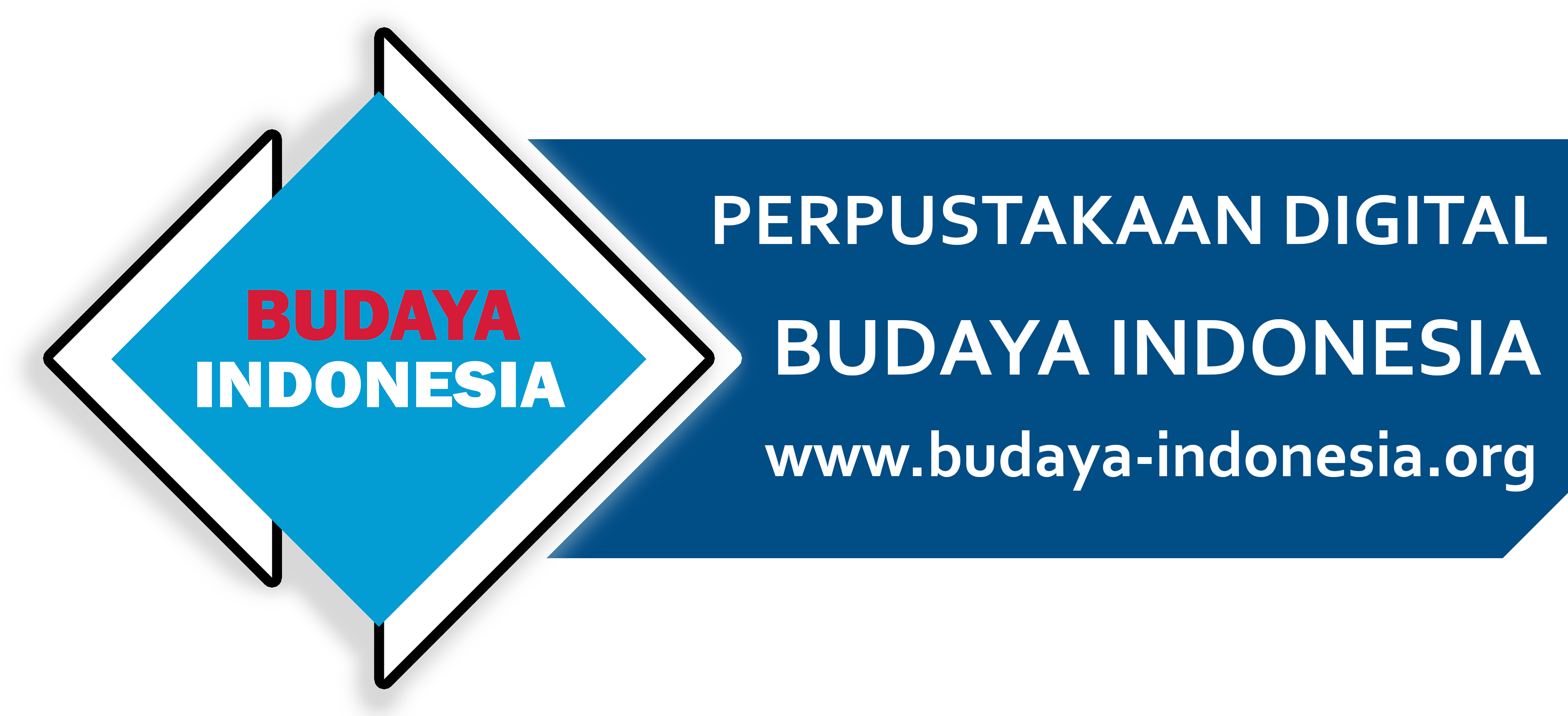Perspectives on the Indonesian Sociophysics
Indonesia is a diverse and dynamics country. The behavior of its society is very complex to study. To understand such complexity, we can use sociophysics model. It is a field of study which offers a unique lens that often centered around the cellular automata. The cellular automata is a powerful computational tool for simulating how local interactions among individuals give rise to collective behaviors.
Cellular automata represent a “world” of squares that are dynamically updated based on specific rules that are actually very simple. To quote Hokky Situngkir, we can imagine a row of squares that can be filled with black and white colours (Kode-kode Nusantara, 2016). Cellular automata are layers of rows of squares, where the colour of each square in the next row is determined by the black or white colour of the squares in the previous row. There are simple rules that determine whether the squares in a row are black or white. All of this depends on the previous row. For example, if there are two squares of the same colour (black), those squares will change or remain that colour. And so on, depending on the rules applied to the cellular automata (Situngkir, 2016). In simple terms, cellular automata are composed of a grid of “cells” (agents), each of which can be in a specific state (e.g., opinion, health, behavior). These states evolve over time according to local rules based on the states of neighboring cells.
In sociophysics, this framework models how individual interactions can lead to emergent social phenomena: large-scale outcomes that aren’t directly dictated by any single actor but arise from the collective. One of the key references for understanding how cellular automata apply to Indonesian sociophysical contexts is the book by Yohanes Surya and Hokky Situngkir titled Otomata Selular: Simulasi dan Komputasi dalam Sosiofisika (Cellular Automata: Simulation and Computation in Sociophysics). The book offers an in-depth exploration of how cellular automata can simulate real-world social dynamics—from population behavior to political polarization—through simple, rule-based modeling. It bridges theory and practical application, using Indonesian case studies to show how local complexities can be examined through universal computational principles.
Cellular Automata’s application
When we apply cellular automata to understand Indonesia’s social dynamics, it is important to recognize the country’s rich cultural diversity. Indonesia is home to over 300 ethnic groups, each with distinct traditions, languages, and ways of life. This diversity plays a crucial role in shaping social behaviors, from religious practices to political opinions. The use of cellular automata in sociophysics helps researchers simulate and analyze how these diverse groups interact, form opinions, or even segregate in urban spaces like Jakarta or Surabaya.
For example, Indonesia’s long-standing communal ties, seen in close-knit rural villages or even family-run businesses, influence how individuals make decisions. In a cellular automata model, these cultural norms could be simulated by rules that reflect trust and cooperationin specific contexts. Simultaneously, the challenges of urbanizationand migration to cities often lead to the breaking of traditional community structures, which cellular automata can model to understand potential social tensions and integration issues.
One of the most widely explored uses of cellular automata in sociophysics is modeling opinion dynamics. In these simulations, each cell represents an individual who holds a certain opinion—such as support for or against an issue—and changes their view based on the opinions of those around them. For instance, in voter models, individuals may adopt the opinion of a random neighbor, while in majority rule models, they conform to the dominant view in their immediate surroundings. Some models introduce a “bounded confidence” mechanism, where individuals only interact with others whose opinions fall within a certain acceptable range. These approaches help us understand how public consensus forms, how polarization emerges, and how social influence can drive opinion shifts—insights especially relevant in Indonesia’s fast-paced political landscape and vibrant digital public sphere.
Another critical application of cellular automata can be seen in the study of urban segregation, particularly in cities like Jakarta. As one of Southeast Asia’s largest and most crowded metropolises, Jakarta faces stark socio-economic contrasts. Cellular automata models inspired by Schelling’s segregation theory show how even small individual preferences—such as wanting to live near people of similar background—can lead to the formation of large, segregated urban zones. These simulations help urban planners and policymakers better understand how clustering happens and where interventions could promote more inclusive communities.
In the digital realm, misinformation and polarization have become urgent issues in Indonesia’s online spaces. Cellular automata can simulate how fake news spreads, how echo chambers form, and how radical ideas take root and grow. With millions of users engaging daily on platforms like X (Twitter) and WhatsApp, these models allow researchers to test the impact of countermeasures such as fact-checking initiatives, digital literacy campaigns, or algorithmic changes. As discussed in Otomata Selular by Yohanes Surya and Hokky Situngkir, such simulations can reveal how even small, well-placed interventions can prevent widespread misinformation from spiraling out of control.
Cellular automata are also used to explore religious and ethnic tensions, which require sensitive and careful handling in Indonesia’s multicultural society. These models allow for simulations of hypothetical scenarios: what happens when hate speech spreads unchecked, how economic inequality influences inter-group friction, or when small-scale conflicts escalate into broader unrest. Through these simulations, policymakers can better understand critical thresholds—known as tipping points—where social balance may break down. The insights generated from cellular automata-based simulations offer valuable guidance for conflict prevention and peacebuilding efforts, especially in regions with a history of communal tension.
In addition to social and political modeling, cellular automata also plays an important role in disaster response and crowd behavior—a crucial area for Indonesia, a country prone to natural disasters such as earthquakes, tsunamis, and volcanic eruptions. Cellular automata can simulate pedestrian movement during emergency evacuations, helping authorities optimize escape routes in crowded places like markets, stadiums, or schools. These models support the design of safer infrastructure and enhance disaster preparedness strategies across cities and provinces.
Importance of fusion
The fusion of cellular automata and sociophysics provides a new lens to view society—not just as a collection of individuals, but as an interconnected system governed by rules and patterns. As Yohanes Surya and Hokky Situngkir demonstrate in Otomata Selular, even the most complex societal behaviors can often be better understood through simple simulations that reflect our most basic interactions.
In a diverse and dynamic country like Indonesia, this approach is not only academically enriching, but also essential. From managing digital threats to understanding urban inequality and cultural resilience, cellular automata models are helping Indonesia look inward, interpret its challenges, and imagine data-driven solutions for the future.
Reference:
Schelling, Thomas C. “Dynamic Models of Segregation”, Journal of Mathematical Sociology, 1(2), 143–186, 1971
Situngkir, Hokky, Kode-kode Nusantara, Bandung, Mizan, 2016
Surya, Yohanes & Hokky Situngkir, Otomata Selular: Simulasi dan Komputasi dalam Sosiofisika, Bandung Fe Institute



Tidak Ada Komentar